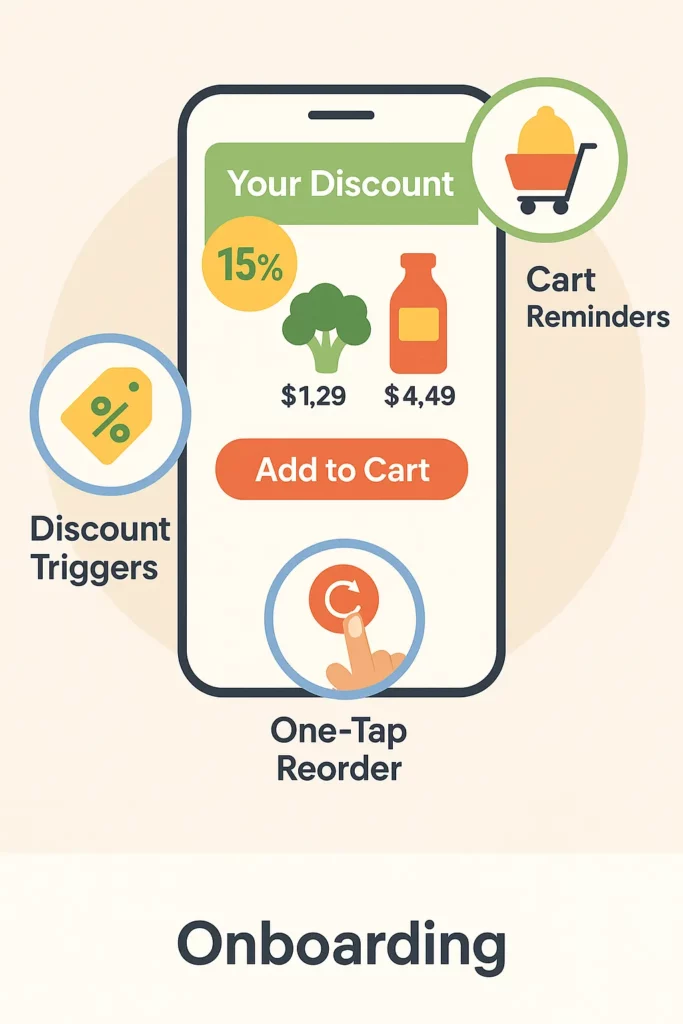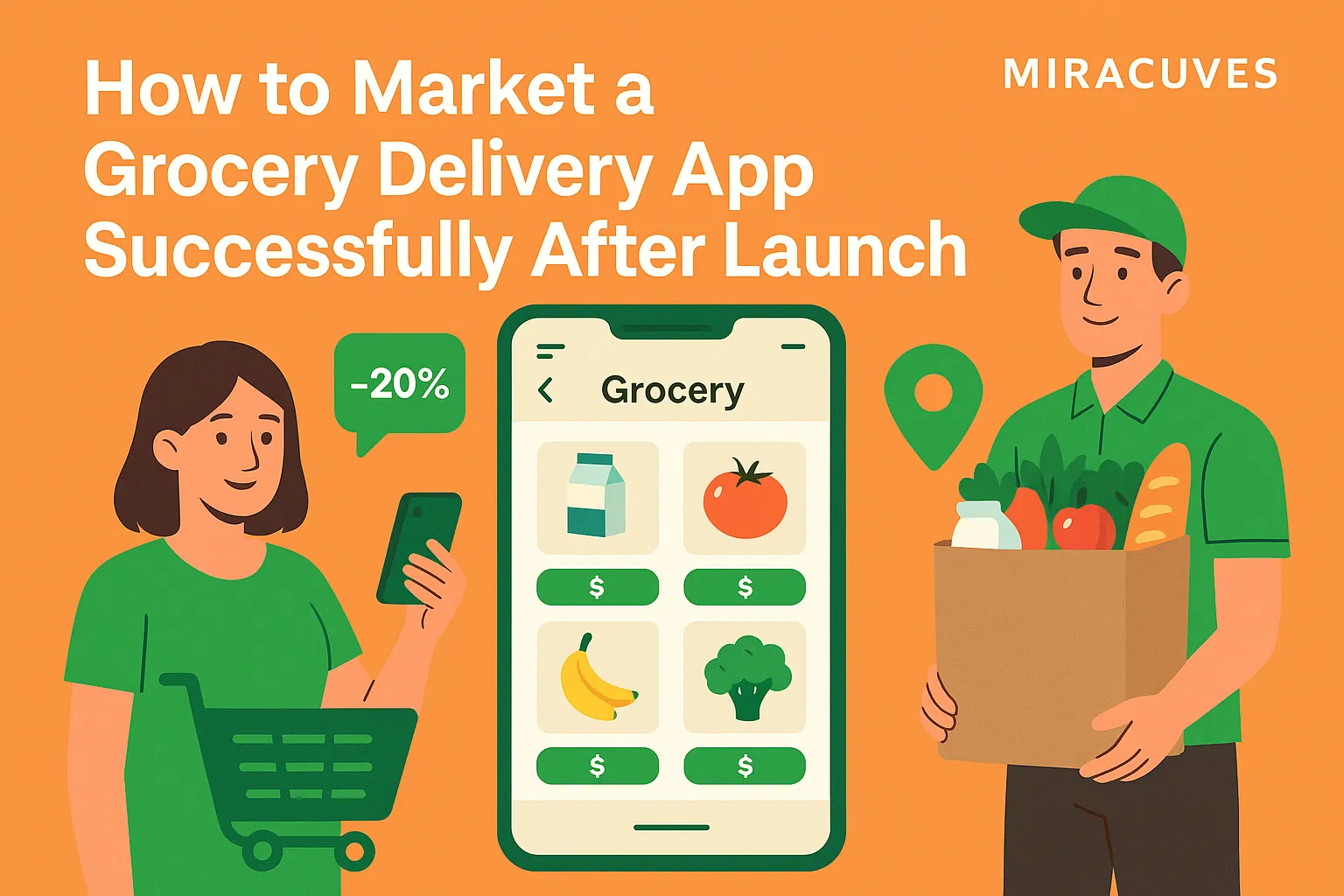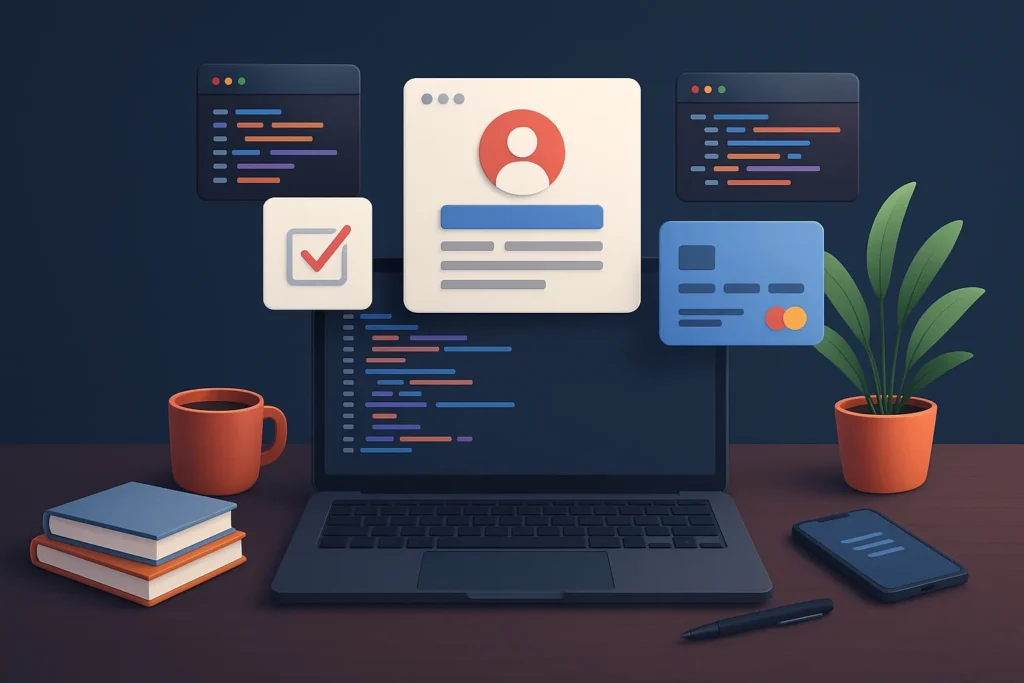Launching a grocery delivery app is kinda like opening a fresh produce stall at a buzzing farmer’s market. You’ve stocked the digital shelves, polished the interface, maybe even thrown in a startup-y promo code — but then… crickets. No pings. No pings means no potatoes. And you’re left wondering: “Did I forget to tell people the shop’s open?”
In a post-pandemic world where people are ordering cilantro from their couch and milk while binge-watching Netflix, grocery delivery like statista isn’t just convenient — it’s expected. But just because there’s demand doesn’t mean people will magically find your app. Building it was just the first sprint. Now? You’re in the marathon of getting eyeballs, carts, and repeat orders.
We’ve helped dozens of founders go from download drought to daily deliveries. At Miracuves, we don’t just build grocery app clones — we help you win the post-launch game. Here’s your marketing playbook.
Why Grocery Apps Need a Different Kind of Marketing
You’re Competing With Habits, Not Just Brands
Let’s be real — most users are creatures of habit. If they’ve been ordering eggs from App X for months, why would they bother trying yours? Your biggest competition isn’t another startup; it’s their existing routine. That means your marketing needs to break patterns. Offer incentives, tell stories, and create FOMO.
Local Is Everything
Unlike global ride-sharing or entertainment apps, grocery delivery is hyper-local. You need to win specific neighborhoods, cities, and pin codes. That means geo-targeted ads, hyper-local SEO, and regional influencer collabs.
Related Entities: Zomato, Swiggy, Instamart , Amazon Fresh

Building Awareness Post-Launch
Get On Google — Fast
Optimize your website for local keywords like “grocery delivery app in [City]”. Set up a Google My Business page and gather real customer reviews. Use schema markup so your app pages pop in search results.
App Store Optimization (ASO)
Don’t treat your app page like an afterthought. Use high-intent phrases like “instant grocery delivery”, “midnight groceries”, or “daily essentials app” in the title and description. Add video previews, crisp screenshots, and respond to reviews.
Influencers, But Make It Hyperlocal
The Momfluencer Effect
Want to win trust? Get a local mom or food blogger to try your app and post an unfiltered review. Micro-influencers with 5–25k followers often have way more engagement than big names — and they cost less.
Referral Programs That Actually Work
Forget those $2 credits nobody cares about. Offer free groceries for 3 successful referrals, or a week’s worth of veggies. Make users feel like insiders — not unpaid marketers.
Retention > Acquisition
Hook ‘Em in the First Week
Use push notifications to guide behavior:
- “Forgot bananas?”
- “Your morning oats are on sale.”
Segment users based on past orders and trigger reminders with real-time urgency.
Loyalty That Feels Like Love
Create a point-based reward system that doesn’t need a manual. Auto-apply discounts at checkout. Send personal thank-you messages. Give first dibs on high-demand slots. Make users feel special — not stalked.
Run Local Campaigns Like a Politician
Flyers, Pop-Ups & Local Ads
Yeah, we’re suggesting going offline. Distribute flyers in housing societies, run QR code posters in apartment elevators, or sponsor neighborhood events with free fruit baskets. Real-world presence builds digital trust.
Partner With Local Stores
Instead of replacing them, partner with kiranas and organic shops. Feature them in your app, offer joint deals, and use their credibility to piggyback on trust.
Analyze. Adapt. Accelerate.
Metrics That Matter
Obsession over installs is a trap. Focus on:
- Daily Active Users (DAU)
- Repeat Purchase Rate
- Average Cart Value
- Cost Per Order (CPO)
Use Mixpanel or Firebase to visualize behavior, drop-offs, and success paths.
A/B Test Like Your Survival Depends On It
Try two onboarding flows. Two welcome offers. Two homepage layouts. And two retention messages. Keep what sticks, ditch what flops.

Conclusion
You built it. Great. Now, market it like your groceries depend on it — because they do. Growth isn’t just about users; it’s about trust, timing, and tapping into habits.
At Miracuves, we help innovators launch high-performance app clones that are fast, scalable, and monetization-ready. Ready to turn your idea into reality? Let’s build together.
FAQ’s
1) How soon should I start marketing my grocery app?
Start before launch with waitlists and teasers. Post-launch, hit the ground running with local ads and referral pushes.
2) Is offline marketing still useful for grocery apps?
Absolutely. In a local business like grocery delivery, flyers and on-ground presence build trust fast — especially in Tier 2/3 cities.
3) What’s the best social media platform for grocery apps?
Instagram and WhatsApp work great for visuals and direct promotions. Hyperlocal Facebook groups are goldmines for conversions.
4) What retention strategies work best?
Customized push notifications, reorder nudges, loyalty points, and personal thank-you messages keep users engaged and coming back.
5) How do I keep acquisition costs low?
Focus on organic growth loops: referrals, UGC, influencer seeding, and community partnerships. Ads are for scaling — not surviving.
6) Can Miracuves help me build AND promote my app?
Yes! Miracuves not only develops top-tier grocery delivery app clones, but also guides you through post-launch growth and monetization strategies.







